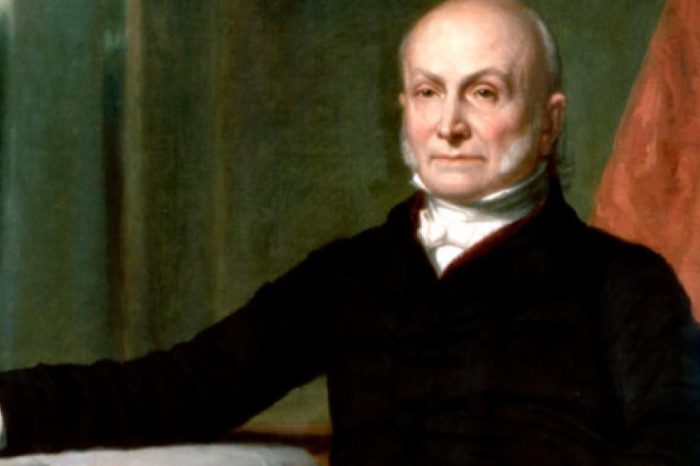Presidents Day: The Innovative JQA
Guest Post by Jordan Harris
Although several Presidents have ascended to the Oval Office from the business world, very few have been innovators or entrepreneurs. Only one, Abraham Lincoln, has held a patent in his name. One of America’s most innovation-friendly Presidents was not a businessman at all, but was instead lifelong statesman, Massachusetts-born John Quincy Adams.
John Quincy Adams, who became President in 1824, envisioned a federal government which spent more money on building canals, developing highways (130 years before Eisenhower’s Interstate System), and providing financial support for scientific expeditions. It was evident that the economy was rapidly changing; a transition to manufacturing was occurring, and science and technology were becoming increasingly important.
According to historian Paul C. Nagel, Adams wished to be a scientist himself and actually preferred the practice over the family business of politics and law. Historian Richard Norton Smith said that Adams was the most “science-friendly” of all U.S. Presidents. Neither his intelligence nor experience allowed him to successfully integrate his love of science into government practice. In addition to questions about legal authority for many of his ideas, he suffered from an inability to win public support and mediocre political skills, both of which held back his agenda and ultimately, like his father, restricted him to only one term in office.
There is at least one major technological accomplishment to his credit. Another Massachusetts native, John F. Kennedy is well known for his call to take America to the moon, a feat that was achieved in 1969, but it was John Quincy Adams who first built a relationship between the United States government and space. Among Quincy Adams’ ideas for investment was a national observatory which would help the United States contribute to the growing intrigue and exploration of space. European countries had a head-start, having already built approximately 130 observatories. His proposal, which was made reality in 1825, was called the National Observatory. Today it is known as the Naval Observatory, producing positioning, navigation, and timing for the United States Navy. During his time in Washington, Quincy Adams was known to spend nights in the observatory charting stars in pursuit of his passion for science.
Adams was responsible for a few addition technological firsts. He was the first President to reference a technological innovation in a State of the Union Address, which he accomplished when discussing the development of the railroads in his 1828 speech. He was the first President to be photographed in 1843, many years after leaving office. It was also Quincy Adams’ efforts that ensured James Smithson’s estate would go towards the Smithsonian Institute, which has preserved America’s history of science, innovation, and accomplishment. Even though Quincy Adams failed to see most of his objectives achieved in his lifetime, he holds one of the most innovation-friendly resumes of any U.S. President.
This year’s Frederick Douglass US History Essay Contest focuses on Technological Innovations Born in Massachusetts. If you are a Massachusetts High School student stories like this can win you up $5,000 for yourself and $1,000 for your school!
Visit http://acommonsense.org/contest/ to find out more and be sure to submit before March 7th!



